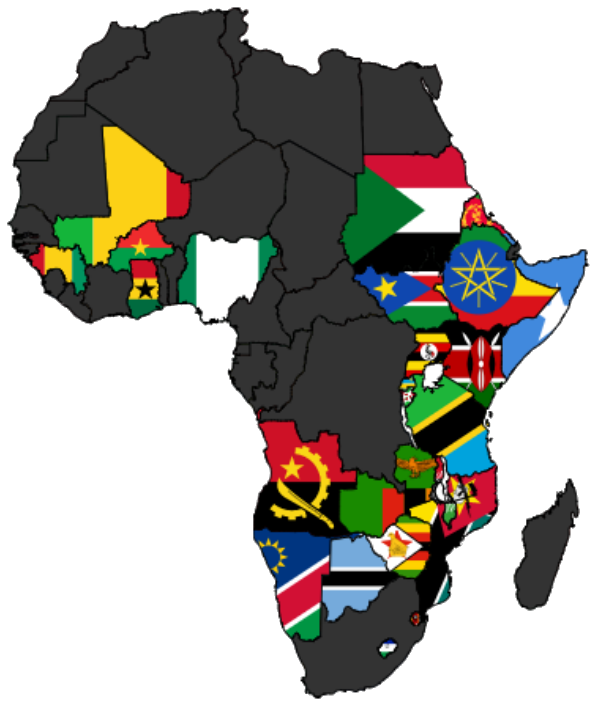Urbanization is a recent phenomenon in Africa. According to statistical data, roughly 60 percent of Africa’s population still lives in rural areas. However, this figure is changing fast. The region is one of the fastest urbanizing regions on the globe. Africa’s urban population doubled between 2000 and 2015. By 2050, it is estimated that 60% of Africa’s population will be urban dwellers.Cairo, Lagos, and Kinshasa currently fall under the category of megacities (cities with a population of more than 10 million) with Dar es Salaam, Johannesburg and Luanda expected to join this list by 2030.
Most people who migrate from rural areas to urban areas are unskilled. Therefore, most of them end up in the informal sector. The informal sector is sub-Saharan Africa’s big business employer. According to the International Labour Organization (ILO), the average size of the informal sector as a percentage of SSA’s GDP is over 45 percent. This sector accounts for 60% of the GDP in Zimbabwe, Nigeria, and Tanzania. Apart from the informal sector’s substantial contribution to SSA’s GDP, it represents around three-quarters of non-agricultural employment and contributes 80 percent of SSA’s labor force. The informal sector has opened opportunities for the most vulnerable members of the society enabling them to sustain themselves.
The rise in urban population has also brought with it its fair share of challenges. Poor urban development strategies and planning has seen the proliferation of slums and widening of the inequality gap. With people migrating in droves from rural to urban areas, addressing the need to upgrade urban settlements and investments in basic infrastructure becomes a priority for policymakers. Strategic urban planning will curb slums from sprawling in urban areas. Informal settlements are synonymous with crime. Since most people who migrate from rural areas are uneducated and unskilled, they end up getting employed in the informal sector. Low income pushes some into crime to supplement their insufficient wages.
The influx of people into urban areas is also posing a serious threat to resources. Increasing populations put a strain on natural resources as well as public resources. Slums usually encroach on private land. In some cases, slum dwellers clear forests to create more room due to overpopulation or cut trees and sell them for a quick profit. A substantial proportion of slum dwellers lack access to clean, safe and reliable water supply and provisions for sanitation. This poses serious health risks and inadequate healthcare facilities and supplies compounds that risk. Environmental health is also in continuous danger from poor waste management, poor garbage collection and lack of proper drainage systems.
Addressing some of these challenges will a require concerted effort between all stakeholders. Upgrading urban settlements and investment in basic infrastructure through proper urban planning will go a long way in tackling some of the challenges associated with rural-urban migration. Other countries are incentivizing rural dwellers to remain in the countryside through direct investments in empowerment programs. Investment in agricultural value-chain, including mechanization, irrigation, harvesting and storage bolsters rural incomes and quenches the desire to migrate to urban areas in the quest for a better life. Education is a vital tool in fighting poverty. Governments need to invest in human capital to create opportunities for urban dwellers and ensure healthcare services are available.



